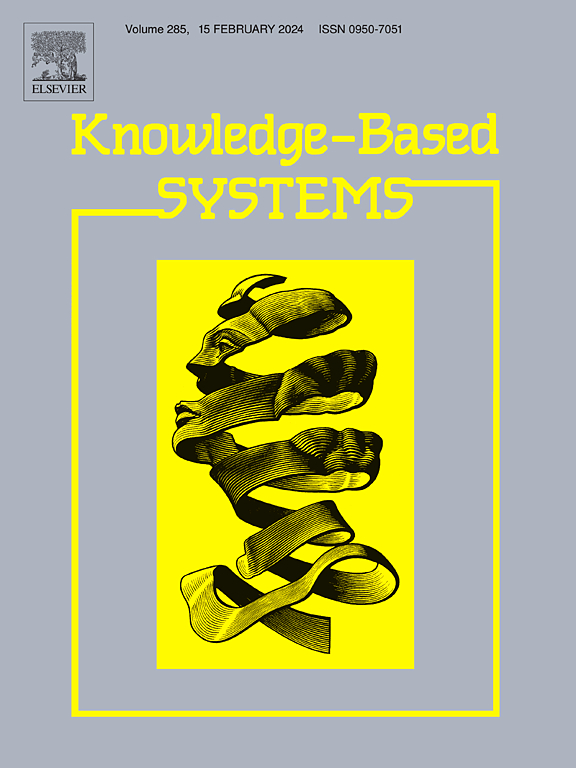OSASformer: A transformer-based model for OSAS screening via multi-source representation fusion
IF 7.2
1区 计算机科学
Q1 COMPUTER SCIENCE, ARTIFICIAL INTELLIGENCE
引用次数: 0
Abstract
Obstructive sleep apnoea syndrome (OSAS) is a common and serious condition that leads to intermittent hypoxia and increases the risk of various health complications, such as cardiovascular diseases and metabolic dysfunction. Traditional OSAS diagnosis based on polysomnography is costly, time-consuming, and impractical for widespread early screening. Recent advancements in wearable devices equipped with photoplethysmography sensors offer a promising alternative for more accessible OSAS screening. However, existing machine learning methods based on single-modality data often struggle with noise and class imbalance, limiting their effectiveness. In this paper, we propose a novel multi-source data fusion framework, designed to improve OSAS detection by integrating shapelet-based and knowledge-based representations. Our method introduces a Transformer-based dual-branch network, OSASformer, which fuses these representations to improve OSAS detection performance. Additionally, we introduce balanced batch sampling, a new technique to address the class imbalance problem commonly encountered in OSAS datasets. We evaluate our model on a large-scale real-world dataset of 46,081 records collected from 60 volunteers using wearable PPG devices. The experimental results demonstrate that OSASformer significantly outperforms baseline models in various evaluation metrics. Our method’s effectiveness has also been validated by its runner-up position in the JDHealth Global Medical AI Competition, positioning it for real-world deployment.
求助全文
约1分钟内获得全文
求助全文
来源期刊

Knowledge-Based Systems
工程技术-计算机:人工智能
CiteScore
14.80
自引率
12.50%
发文量
1245
审稿时长
7.8 months
期刊介绍:
Knowledge-Based Systems, an international and interdisciplinary journal in artificial intelligence, publishes original, innovative, and creative research results in the field. It focuses on knowledge-based and other artificial intelligence techniques-based systems. The journal aims to support human prediction and decision-making through data science and computation techniques, provide a balanced coverage of theory and practical study, and encourage the development and implementation of knowledge-based intelligence models, methods, systems, and software tools. Applications in business, government, education, engineering, and healthcare are emphasized.
 求助内容:
求助内容: 应助结果提醒方式:
应助结果提醒方式:


